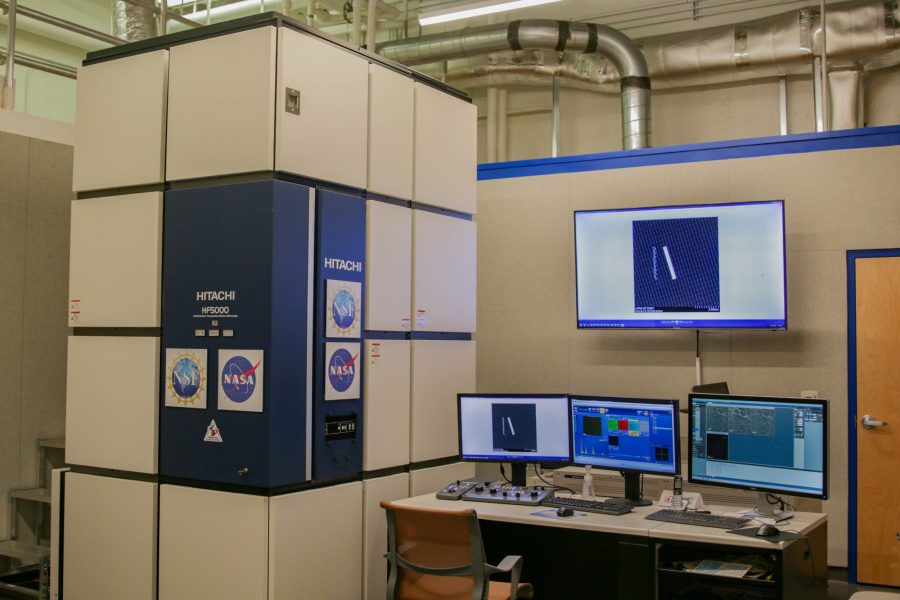The University of Arizona has been at the forefront of planetary research and has been a critical player in many projects as early as the 1960s, and this legacy continues with NASA selecting the Lunar and Planetary Laboratory to lead the OSIRIS-REx sample return mission, which will collect and return samples from the asteroid Bennu in September 2023.
The LPL, founded by Gerard Kuiper in 1960, created many opportunities for the UA in the field of space science. The LPL is profoundly involved in and has led astounding projects such as NASA’s Ranger 7 spacecraft in 1964, returning with the first close-up photographs of the moon, to the Phoenix Mars Mission in 2007 which was the first Mars mission ever led by a public university.
The OSIRIS-REx mission is an incredibly significant project for the UA for a couple of different reasons.
It is “the first asteroid sample return mission in NASA’s history, first-ever project to be lead by a principal investigator for a sample return mission in the history at our university and it is the largest grant ever awarded to the University of Arizona,” facility director Thomas Zega, a professor in the Arizona Department of Planetary Sciences, said.
NASA has awarded nearly $3 million to support the facility operations. This funding will aid in discovering ground truth information on what a carbonaceous asteroid is composed of.
Research on this scale is expensive, as the machinery and equipment required to analyze planetary substances are costly.
According to Dr. Zega, the UA currently has some of the best instruments in the world, costing upwards of $20 million. This cost includes the maintenance of these machines, from service charges to replacement charges to consumable supplies. Salaries for the lab managers were managed initially with an hourly fee for those who used the machines.
The NASA grant goes a long way to make a notable “difference between the total costs the university subsidizes and the users pay, such that the cost of hourly use can be reduced significantly,” Zega said.
With this grant, the LPL will have great support to use the instruments to unequivocally determine what asteroid Bennu is composed of and how it formed.
“Students at the University of Arizona should be incredibly proud,” Zega said, as students played a significant leadership role in this mission. Zega explained how this is a robotic spacecraft mission which is a feat of human engineering and science. As the spacecraft is launched, sent out to an asteroid, touches down on the asteroid, grabs a sample robotically and is brought back to the UA laboratories, students are given the opportunity to be a part of the analysis process.
Follow the Daily Wildcat on Twitter









